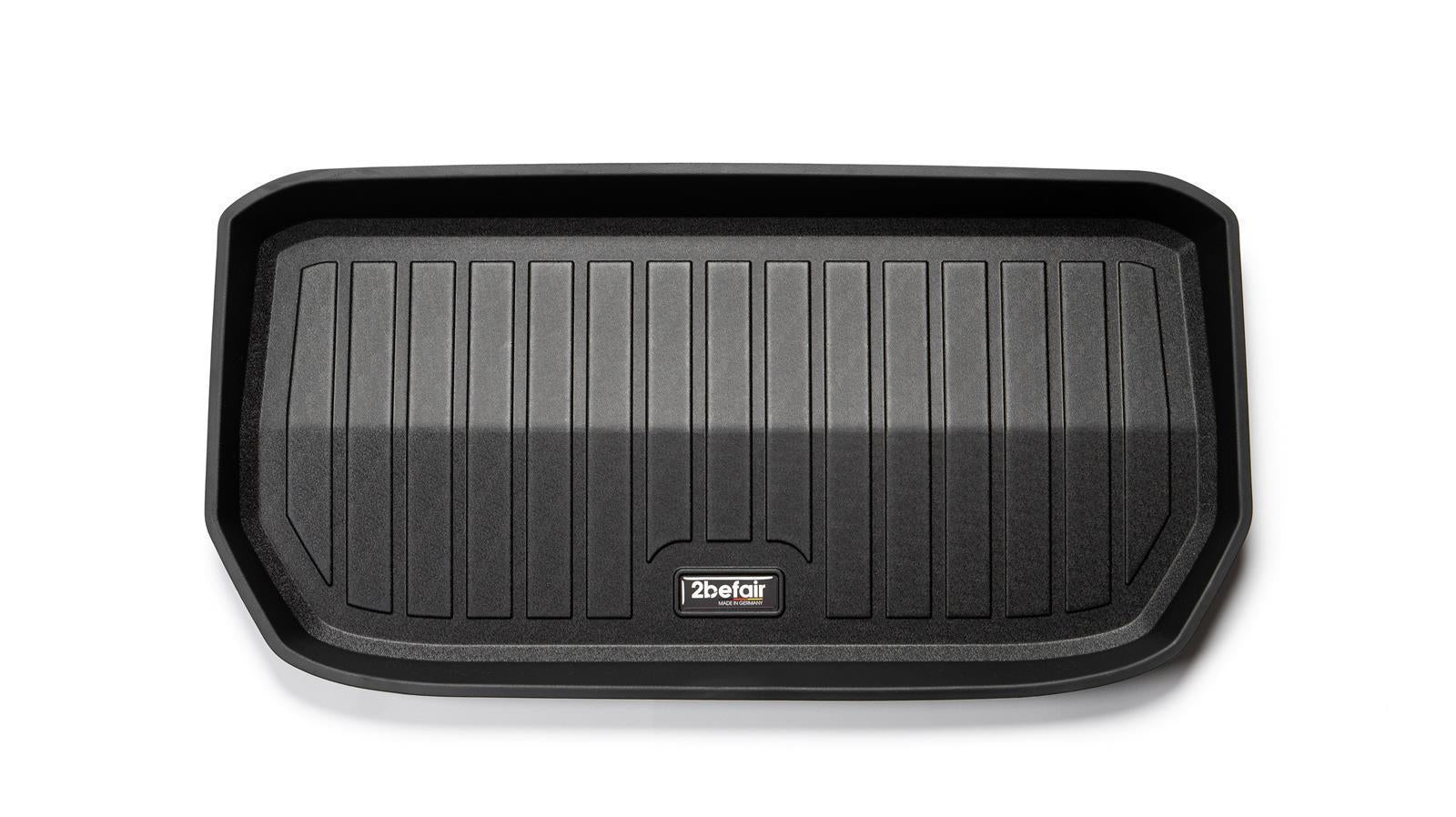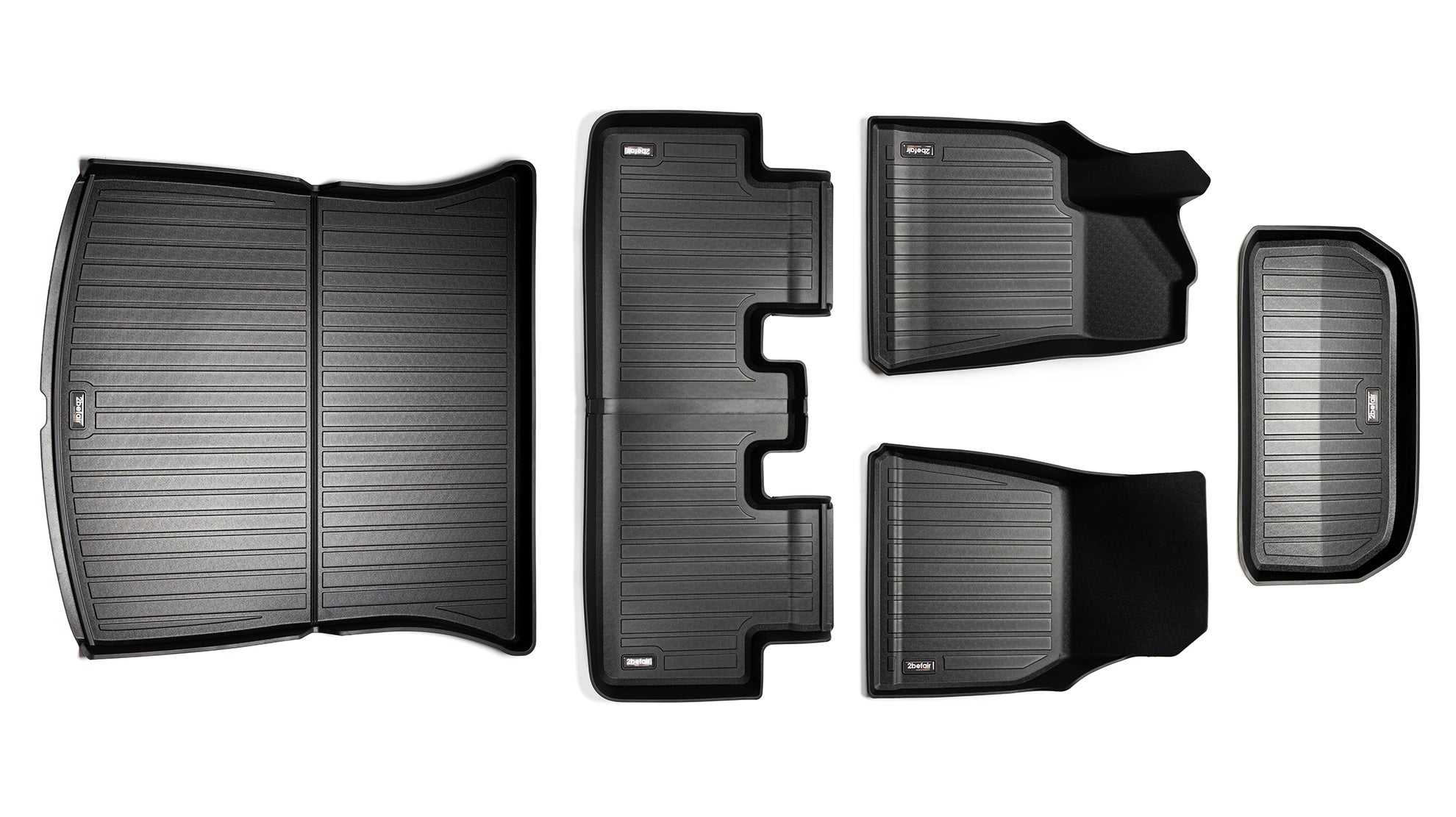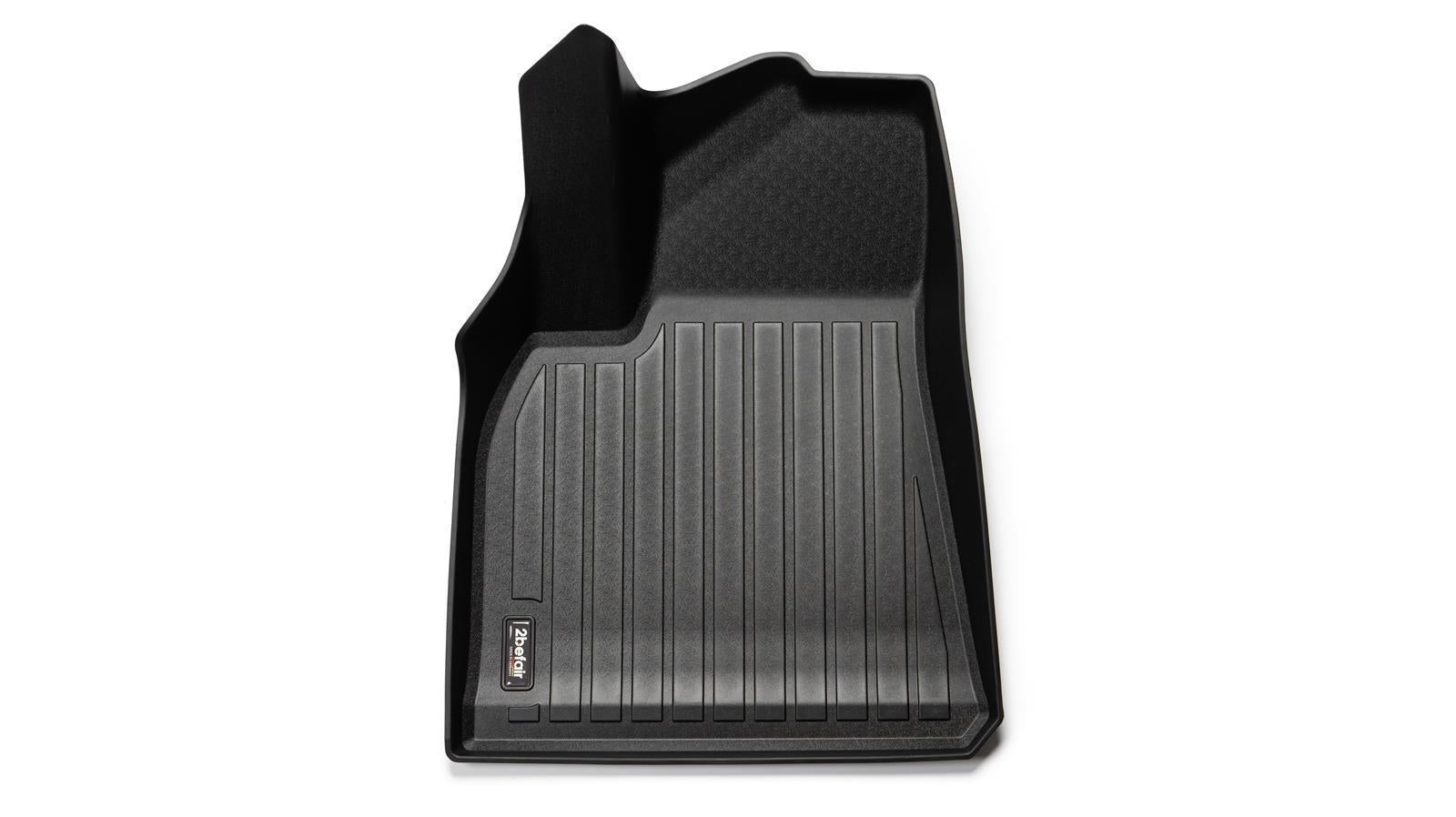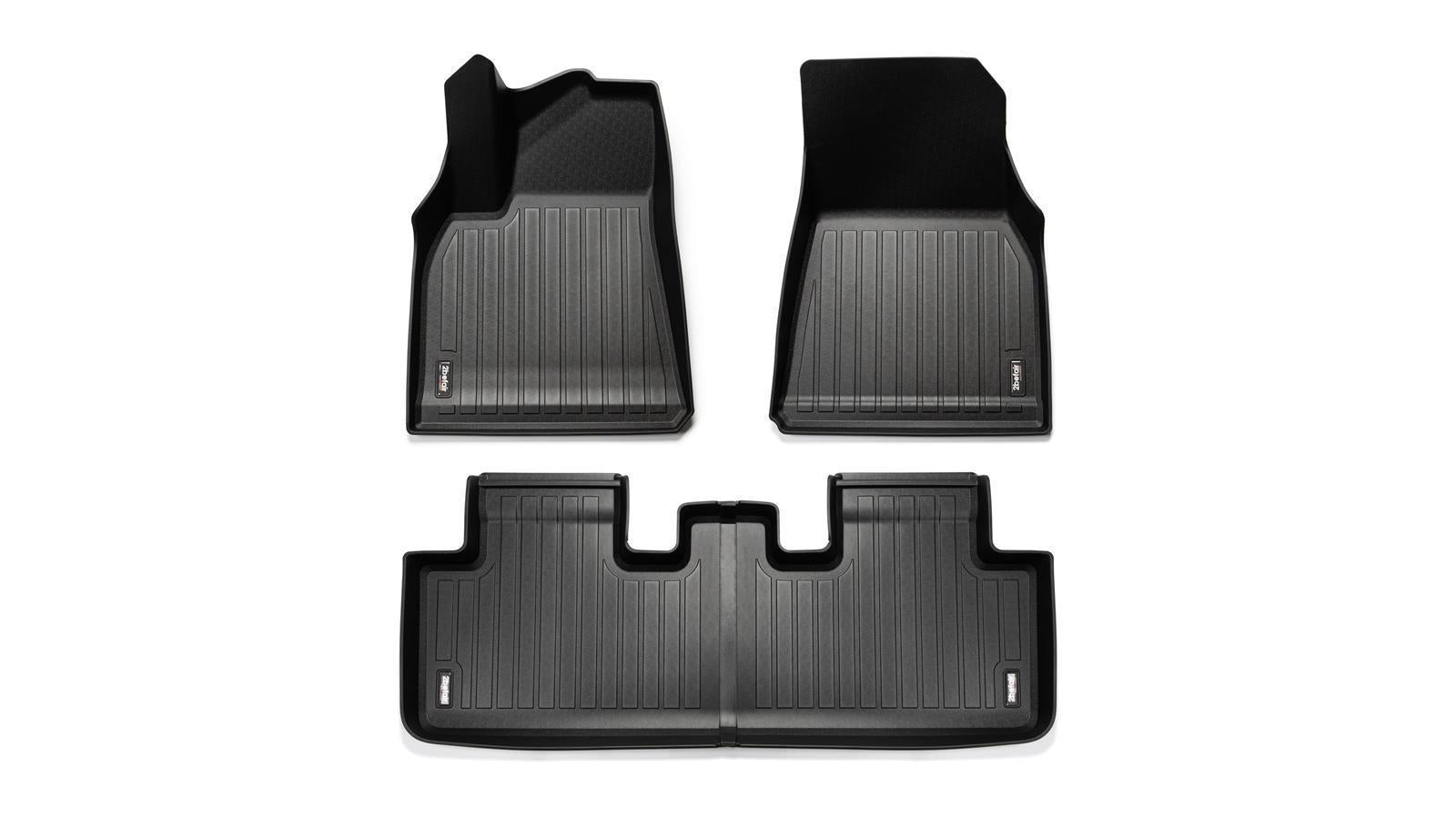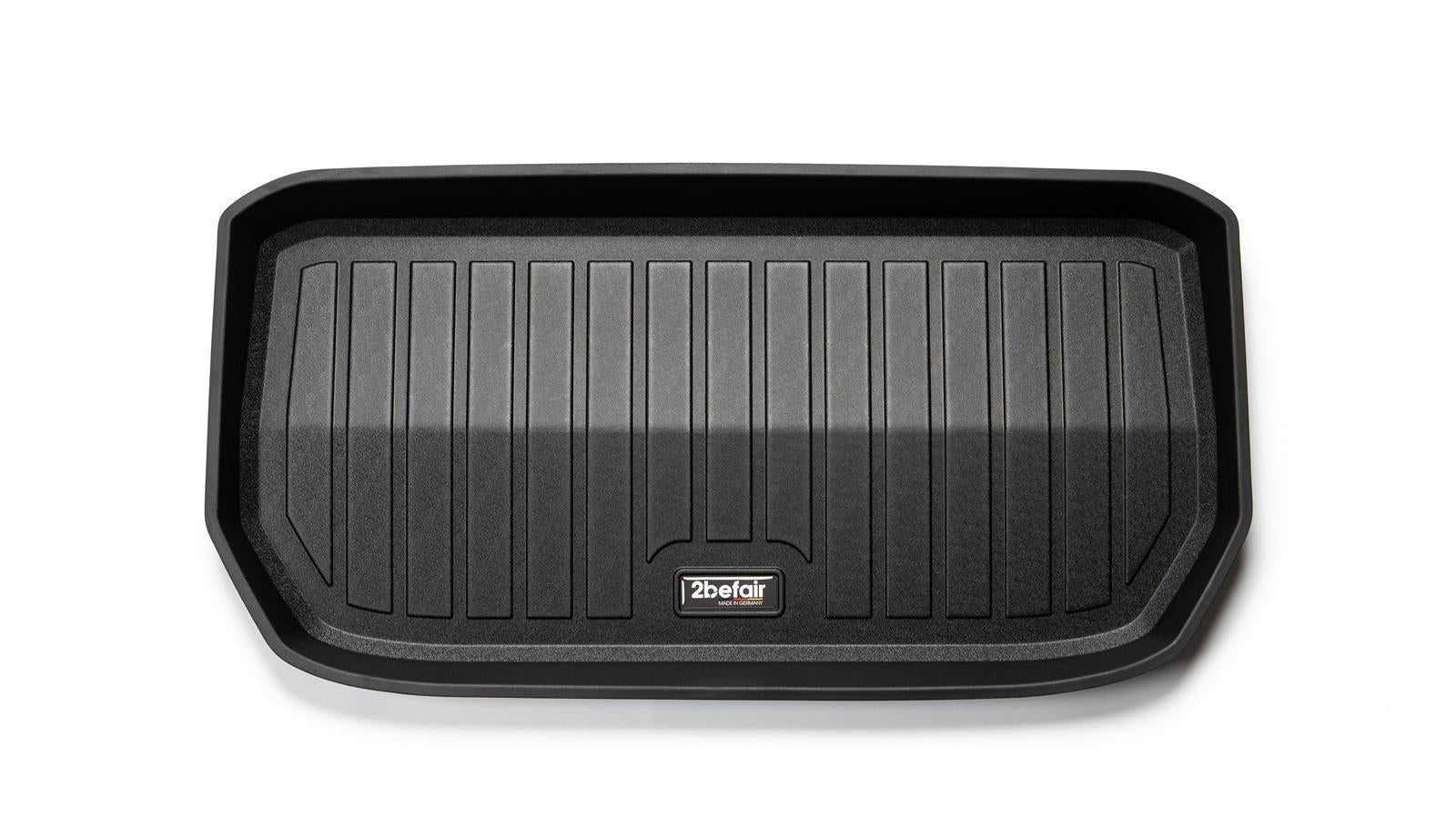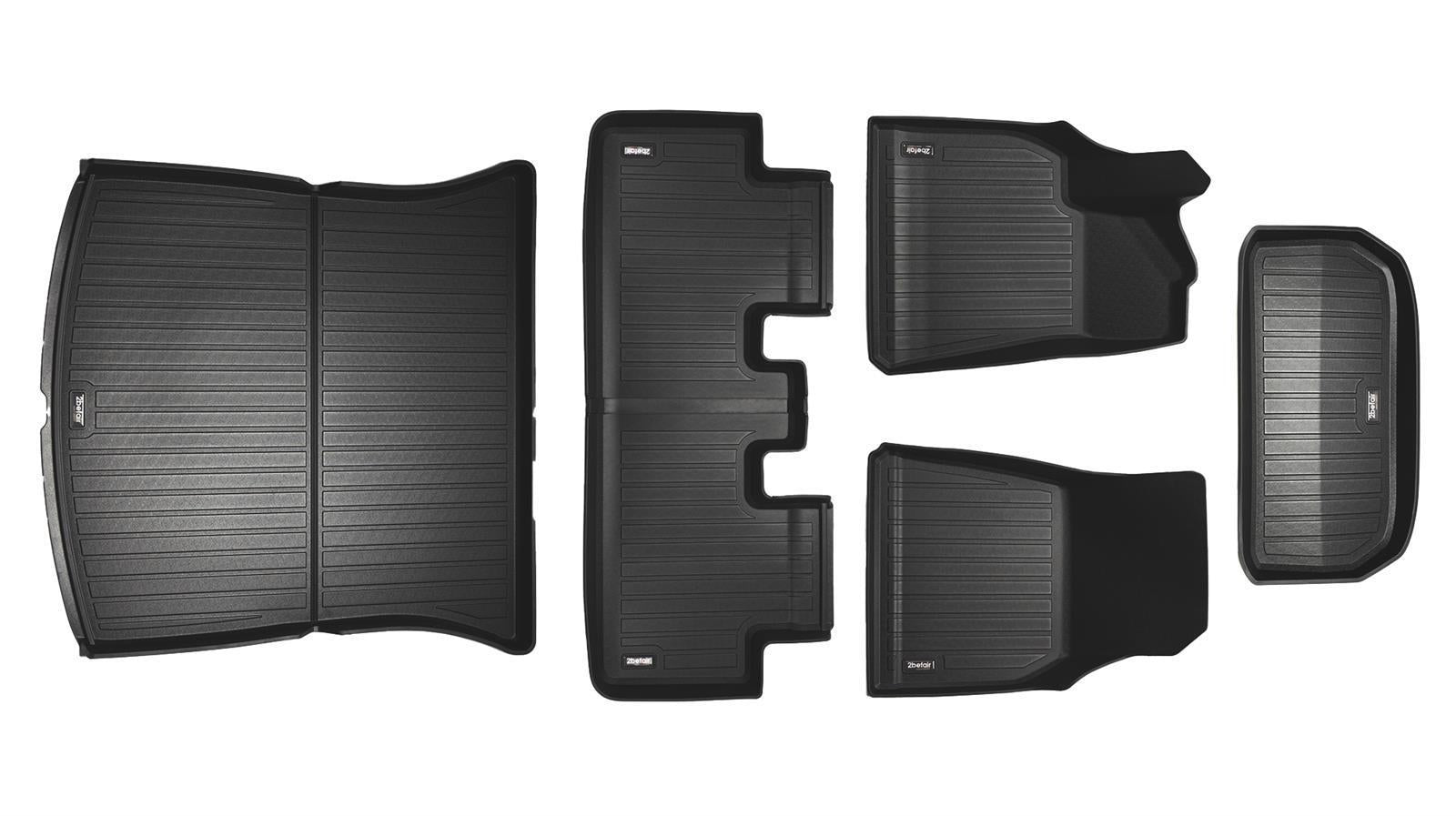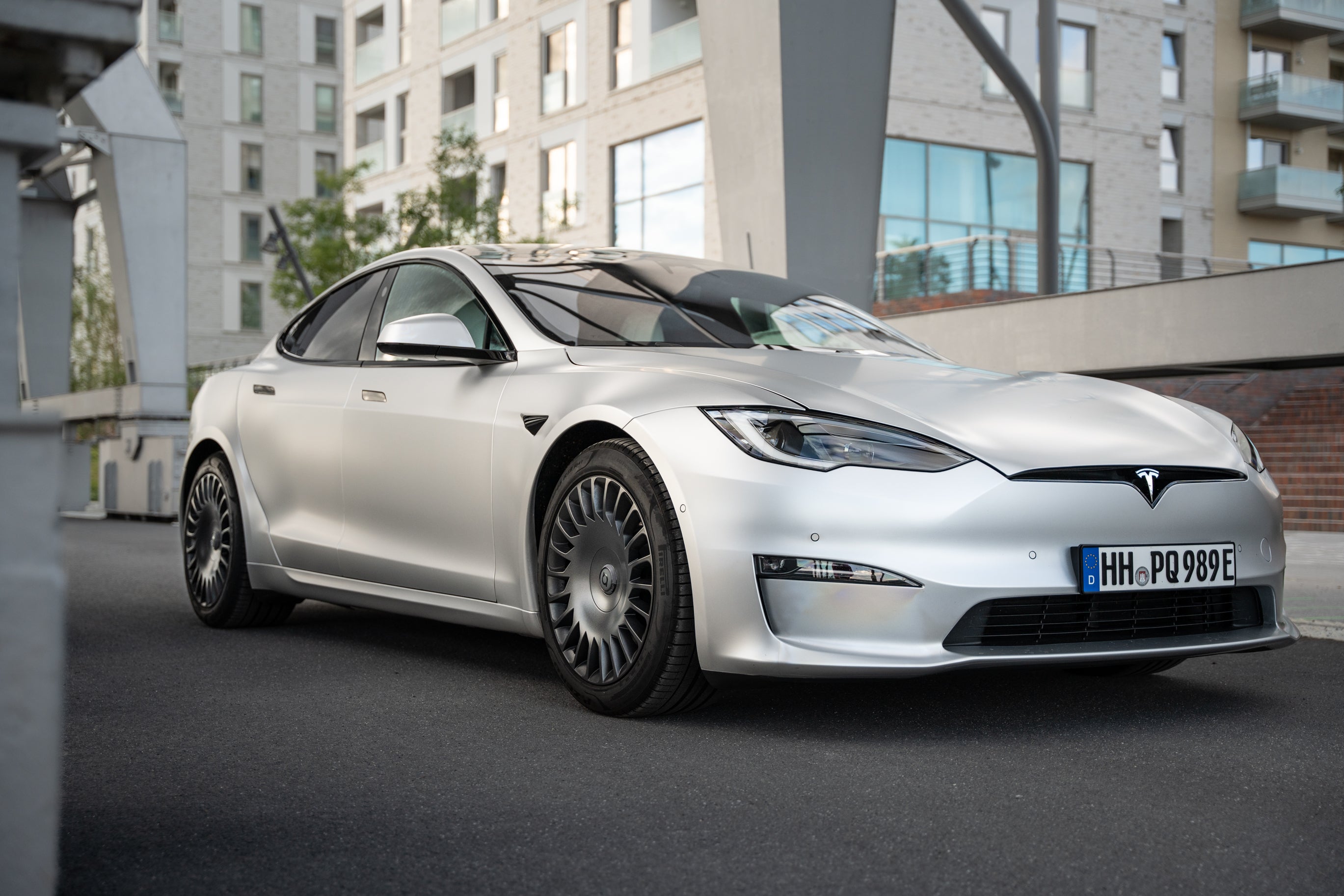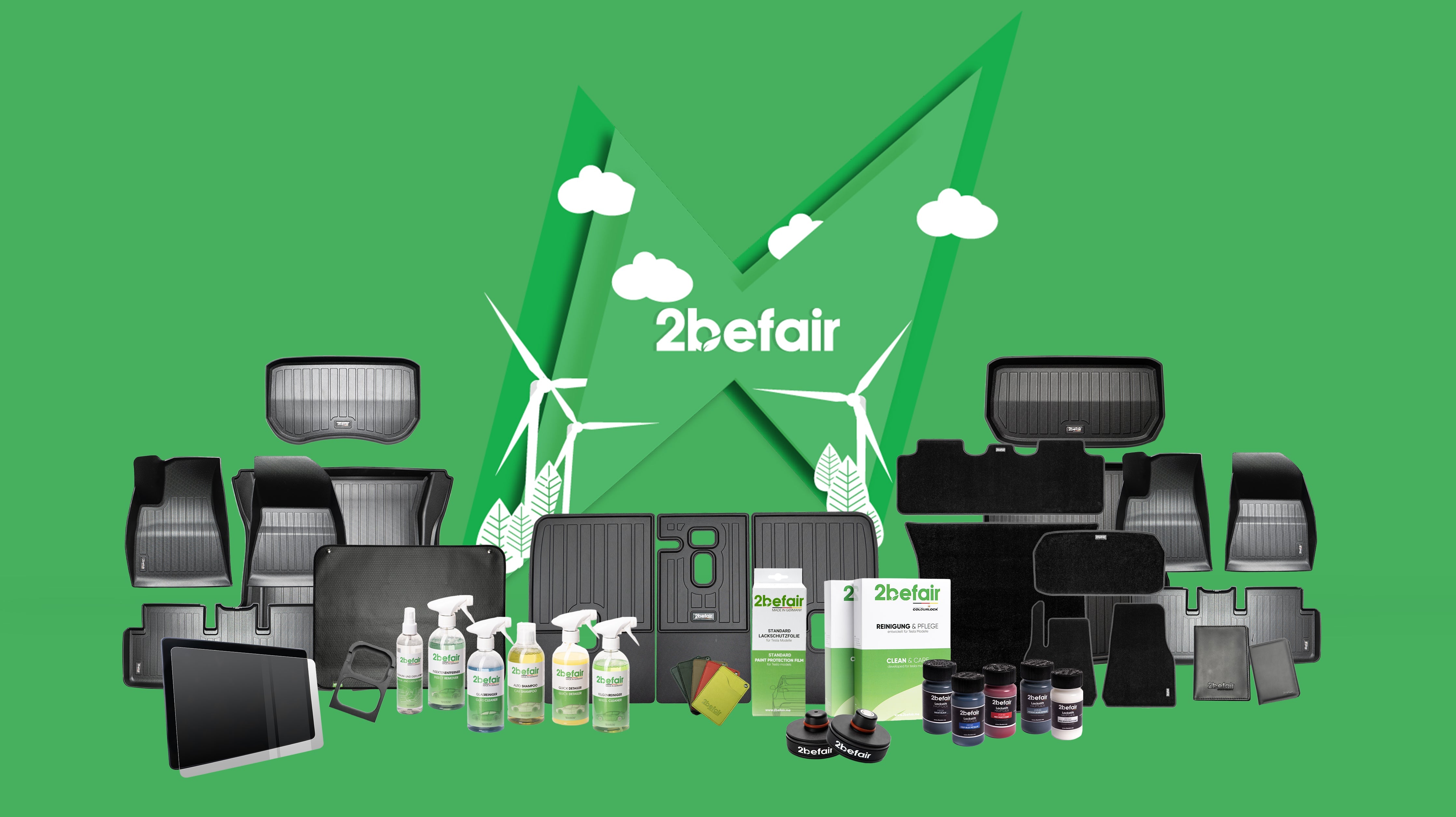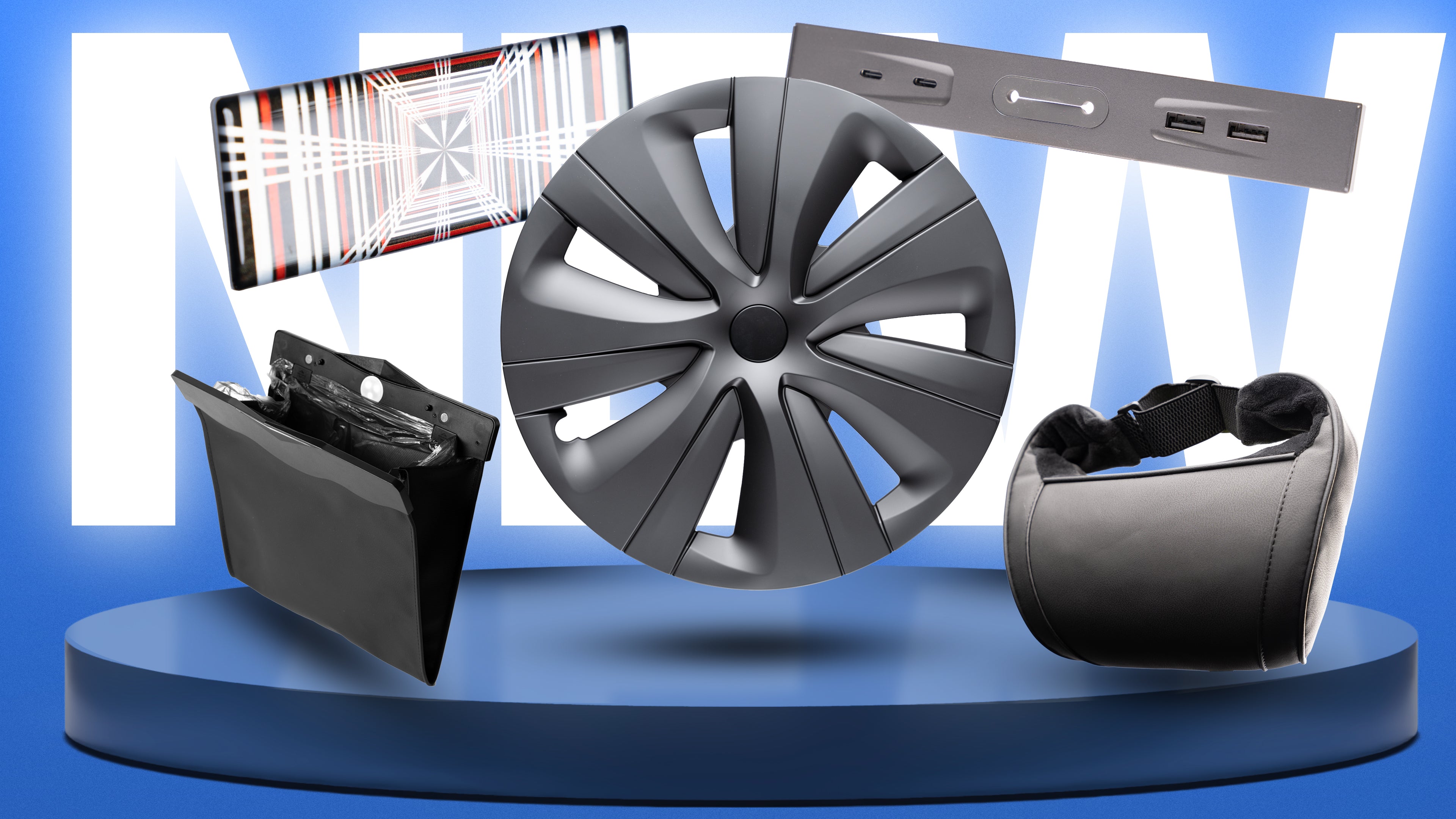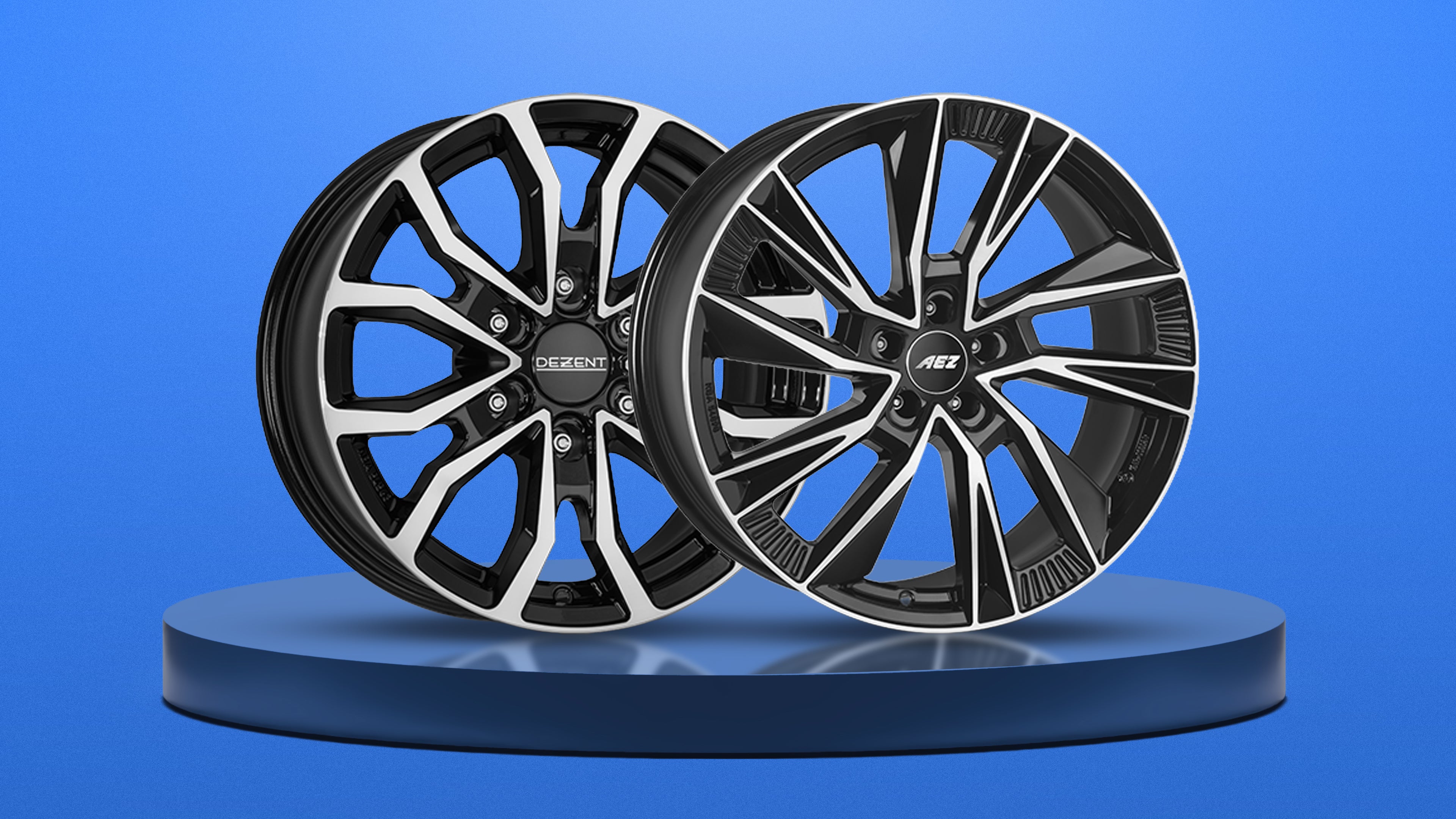Tesla Battery: Differences, advantages and disadvantages of the various battery types
The battery is the heart of an electric car and plays a central role in terms of range, performance and service life. Also Tesla uses different battery types and cell chemistries in its various models, which differ depending on the vehicle and manufacturer. This comprehensive guide explains the different Tesla-battery types, compares their advantages and disadvantages and shows which battery is best suited to your requirements.
Battery cell formats at TeslaAn overview
Tesla relies on three main formats for battery cells:
-
18650: The oldest format, used in the Tesla Model S and Model X. These battery cells are compact and have proven to be powerful and durable over the years. Each cell has a diameter of 18 mm and a length of 65 mm.
-
2170: Since the Tesla Model 3 and Model Y sets Tesla on the larger 2170 format. These battery cells offer more energy per cell and better efficiency in production and vehicle operation. The diameter is 21 mm, the length 70 mm.
-
4680: Tesla's latest cell technology, first introduced in Model Y from the Gigafactory Texas. These cells are larger (46 mm diameter, 80 mm length) and also serve as a structural part of the vehicle. This technology promises greater range and lower production costs, but it is not yet widely available.
Manufacturers and cell chemistry: from NCA to LFP
Tesla cooperates with various cell manufacturers, including Panasonic, LG Chem, CATL and BYD. Different cell chemistries are used depending on the model and production site. The most important cell chemistries are
-
NCA (nickel-cobalt-aluminum): One of the oldest cell chemistries that Tesla used in the S and X models. NCA is characterized by a high energy density and good charging speed, but requires careful maintenance to maximize its service life.
-
NMC (nickel-manganese-cobalt): A further development of NCA cells with a lower cobalt content. NMC cells are used in the Long Range and Performance variants of the Model 3 and Y are used. They are cheaper to manufacture and also offer a good energy density.
-
LFP (lithium iron phosphate): This chemistry is used in the standard range models of the Tesla Model 3 and Y models. LFP batteries are safer, more durable and cheaper, but have a lower energy density and are not suitable for performance models.
NCA and NMC - advantages and disadvantages
The NCA and NMC cells are preferred due to their high energy density in Tesla-vehicles with a longer range and high performance. They offer better acceleration and are also ideal for performance models.
Advantages:
- High energy density: These cells offer more energy per kilogram, which makes them attractive for vehicles with higher range and performance.
- Fast charging times: NCA and NMC charge faster than LFP cells, which is particularly practical for long-distance drivers.
- Ideal for performance models: Due to their high performance, these cells are perfect for Tesla-models that offer sporty driving performance.
Disadvantages:
- Lower cycle life: NCA and NMC cells have a service life of around 1000 to 1500 charge cycles. This means that they lose capacity more quickly than LFP cells.
- Sensitivity at charge level: These batteries should ideally be charged between 20 % and 90 % to maximize their service life. Complete discharge or continuous charging to 100% should be avoided.
- Safety risks: In the event of damage, for example due to accidents, there is a higher risk of fire with these cells than with LFP cells.
LFP - The battery for everyday use
LFP cells offer less energy density, but are safer and significantly more durable. Tesla has been used since 2020 in the standard models of Model 3 and Model Y has been using this cell chemistry.
Advantages:
- Long cycle life: LFP cells can go through up to 5000 charge cycles, making them one of the longest lasting batteries on the market.
- Lower fire risk: In the event of an accident or damage, LFP cells are much less likely to catch fire or explode.
- Fully rechargeable: LFP batteries can be charged to 100% without hesitation, which is particularly practical for riders who rely on maximum range on a daily basis.
Disadvantages:
- Lower energy density: LFP cells store less energy per kilogram, which reduces the range per charge compared to NCA or NMC.
- Poorer performance in cold conditions: In very cold temperatures, LFP batteries lose capacity more quickly and require more energy to heat up. This noticeably reduces the range in winter.
- Not for performance models: Due to their lower energy density and power, LFP cells are not suitable for performance models from Tesla.
Differences between LFP cells from BYD and CATL
Tesla uses cells from the manufacturers for the LFP batteries BYD and CATL. The two variants differ slightly in their design and performance:
- BYD LFP cells: These cells offer faster charging times and slightly better cold resistance. They also use the structural battery packin which the cells serve as a supporting structure in the vehicle.
- CATL LFP cells: These cells have a slightly higher capacity and are less prone to degradation. However, they charge more slowly than BYD cells and are somewhat more sensitive to cold.
The future of Teslabattery technology: 4680 and solid-state batteries
Tesla is striving with the introduction of 4680 cells is aiming for a revolution in battery production. These cells are intended to reduce production costs, increase the range and use the battery as a structural component of the vehicles. However, production has not yet been fully scaled up and these cells are currently mainly used in the USA.
In addition Tesla on new battery technologies, including solid-state batterieswhich could offer even higher energy density and safety. However, it will be several years before this technology is ready for mass production.
Conclusion: Which Tesla battery is right for you?
Choosing the right battery depends on your riding style and requirements:
- Long-distance riders and performance enthusiasts should opt for models with NCA or NMC as these offer a higher energy density and enable fast charging times.
- Everyday driverwho focus on safety and durability are better off with LFP batteries well advised. These are cheaper, more durable and offer sufficient range for daily use.
- For the future, it remains to be seen how the 4680 cells develop and whether solid state batteries will soon revolutionize the market.
Keywords: Tesla Battery differences, Tesla battery types, Tesla LFP vs NCA, NMC battery, Tesla Model 3 battery, Tesla Model Y battery, Tesla Battery weight, Tesla Battery cell comparison, Tesla 4680 cells, Tesla battery life, Tesla Battery chemistry, Tesla battery advantages and disadvantages, electric car battery, Tesla, Tesla Model Y, Tesla Model 3, Tesla accessories, Tesla store


